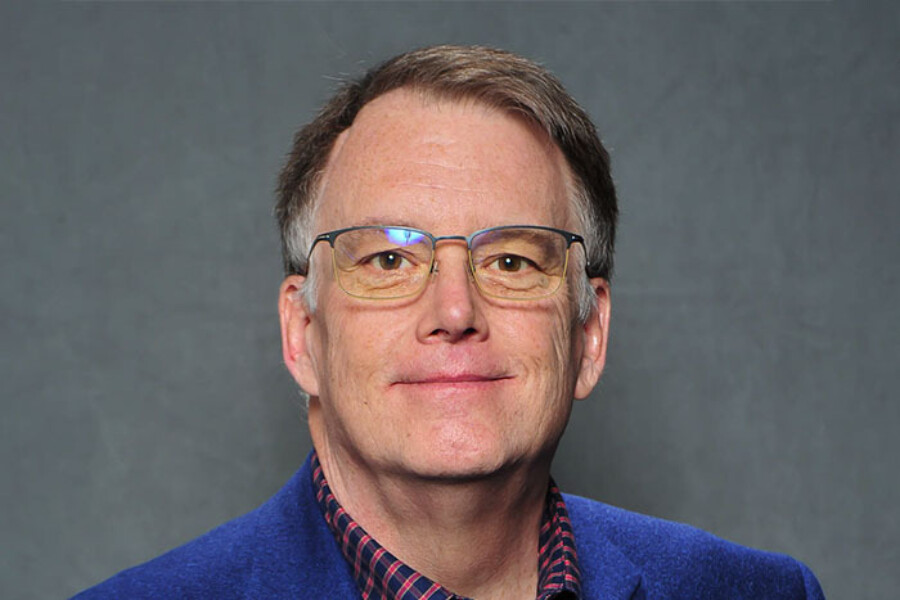
In my role as SVP of Executive Programs and Head of Content for ASUG, I have the pleasure and privilege of attending many of our in-person conferences and events.
This month, I had the opportunity to attend ASUG Best Practices: CoE and EA, our four-day experience dedicated to Centers of Excellence and Enterprise Architecture professionals, at SAP Headquarters in Newtown Square, Pennsylvania. I came away from the event enlightened and energized, with several key learnings I want to share with our membership.
The Changing Roles of EA and CoE
If there was one overriding theme throughout the event, it was that the roles and responsibilities of the Center of Excellence and the Enterprise Architect are in the midst of significant evolution within their organizations. The traditional role of these two critical IT functions is shifting. The fundamental importance of technical competency—understanding how applications and systems work and how to operate and maintain them—is no longer enough. More and more, the Enterprise Architect and the Center of Excellence are being called upon to provide business competency as well.
Business competency—in other words, being able to translate IT capabilities into meaningful business solutions and “talk business” to your line of business partners—is the new standard for effective value delivery in both the Enterprise Architecture and Center of Excellence functions. These IT teams must be able to see the world through the eyes of business colleagues and “customers,” applying their technical competencies to create and deliver meaningful business-focused solutions.
Recognizing the changing expectations for these two roles is only the tip of the iceberg when it comes to this evolution, but it was energizing for me to see attendees—customers, partners, and SAP executives—coming together to learn from one another and share stories, as these professionals determine how best to address their collective challenges and unlock the skills they need to succeed in this new reality.
Learning, Connecting, and Growing Together
At the core of ASUG is community, and our community was alive and well at this month's conference. I’ll give you two examples of how this community ethos shaped the experience for attendees:
This Could Never Happen in Microsoft Teams
As ASUG Best Practices: CoE and EA progressed, Jason Porterfield, VP of Enterprise Architecture for SAP North America, led a keynote session focused on the evolution of the EA role.
Porterfield brings a wealth of experience and capabilities to his role at SAP; he has “been there and done that” when it comes to both EA and CoE. To no one's surprise, Jason prepared a terrific presentation for his keynote. What was even better, though, was that he never got to finish giving it.
What started as a fairly traditional presentation quickly transformed into a very powerful dialogue, during which everyone in attendance felt comfortable sharing questions, challenges, and solutions around the changing role of the EA and how SAP can help their customers address those challenges. I received a lot of feedback from the attendees after the session, and the only negative comment was, “That was amazing. I wish we could have kept going.”
ASUG interviewed Porterfield ahead of the conference; you can—and should—read that conversation here, as he expanded upon the importance of a strategic, business-oriented pivot for those in EA roles, as well as the critical function of situational awareness in dictating an individual's success in the role. Knowing one's audience, in other words, is everything—and Porterfield knew his.
The Community Works!
Sylvain Garneau, Enterprise Architect for Resolute Forest Products and also an active ASUG volunteer, led a session along with John Krakowski and Evan Stoddard, Senior Product Managers from SAP’s Application Lifecycle Management team (who also serve as ASUG Points of Contact), focused on how customers can find answers to pressing challenges by connecting with their peers and SAP thought leaders within ASUG communities.
As all three explained the capabilities of the IT Operations alliance and how its members can work together around topic areas like Enterprise Architecture, Application Lifecycle Management, and Security, several session attendees brought up challenges they are facing at their organizations.
What started as a conversation of what the community could accomplish together rapidly turned into an exemplar of the same, a practical demonstration of the community at work. In just a few minutes, attendees identified a key challenge that many had been facing, put together a plan for follow up activities the community could undertake to address it, and started working on solutions.
As one of the individuals at ASUG who is tasked with empowering such connections, it was humbling to see such a high level of collaboration materialize so rapidly, effectively, and organically. This is the promise of ASUG, and it is the driving idea behind our conferences: creating spaces for learning and networking where communities can come together, compare the pieces of their respective business puzzles, and put those individual pieces together to realize a bigger and better picture.
David Wascom is Head of Content at ASUG.